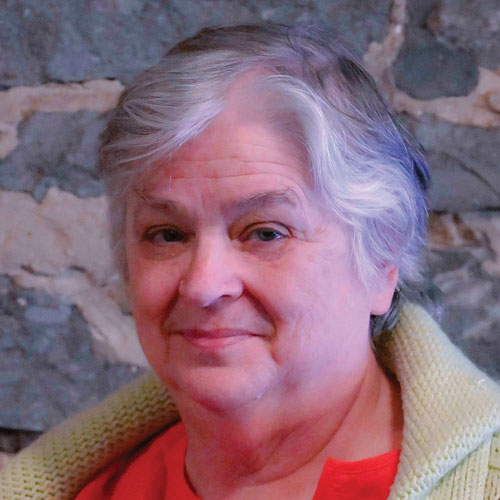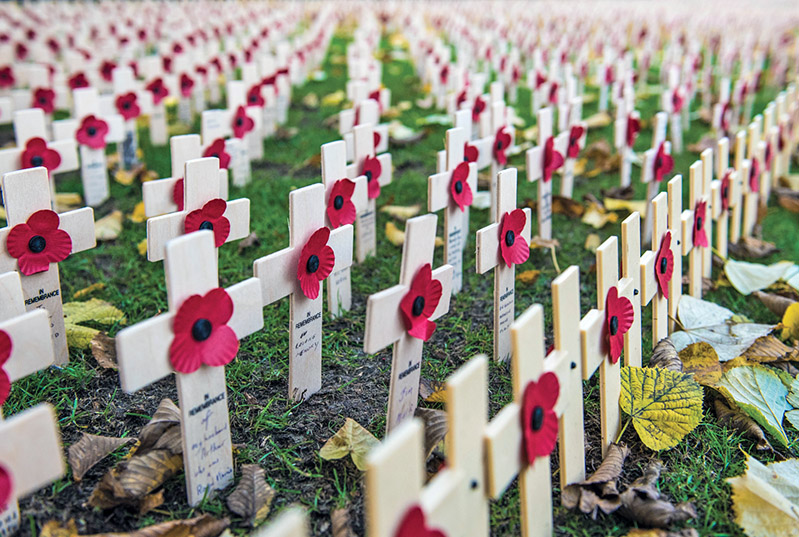CHESTERVILLE – For over one hundred years, Remembrance Day commemorations have been held in many countries around the world on Nov. 11. In those countries, as in Canada, the day honours those who have served their country in times of peace and times of war.
At 11 minutes past the 11th hour on Nov. 11, the armistice to end hostilities between the Entente (composed of the British Empire, the Russian Empire and France) and the Central Powers (composed of the German, Austro-Hungarian, and Ottoman empires) came into effect. While the fighting had stopped, it would not be until June 28, 1919, that the First World War officially ended with the signing of the Treaty of Versailles in Paris, France.
The first Armistice Day was held in Canada on Nov. 11, 1919, and in 1931, the Canadian parliament passed a bill which changed the name to Remembrance Day and decreed it would always be held on Nov. 11.
As the cessation of hostilities and peace returned, many communities in Canada and other countries began the process of mourning those who had lost their lives during the conflict and those who returned home forever scarred by their service.
War memorials and cenotaphs were erected in communities large and small with these memorials becoming a focal point during the services of remembrance on Nov. 11. The National War Memorial in Ottawa was unveiled by King George VI in May 1939, as war clouds once again appeared on the horizon.
In Canada as in many countries around the world, wearing a red poppy in the days leading up to Nov. 11 is a time-honoured tradition. The poppy symbolizes the sacrifices made by those who have fought in times of war and times of peace to protect freedom. Since 1921 Canadians have worn the red poppy as an outward symbol of remembrance for the sacrifices made by members of our country’s armed forces.
The story of how the poppy came to serve as the symbol of remembrance begins with the poem written by Canadian officer John McCrae following the second battle of Ypres entitled “In Flanders Fields”. Following the end of the First World War, the poppy was adopted by the Canadian Great War Veterans’ Association as a symbol of remembrance in 1921.
Pandemic precautions have reduced the number of people able to attend Remembrance Day ceremonies. What has not changed is the deep feeling of gratitude felt for those who have sacrificed their lives or returned home forever changed by their service.

Carolyn Thompson Goddard, grew up in Chesterville and attended North Dundas District High School. After completing her BA in Political Science at Carleton University she has worked as a medical secretary and library technician. In 2020 she graduated from Algonquin College with a diploma in Journalism and has been a reporter and column writer for The Chesterville Record for over 10 years.









